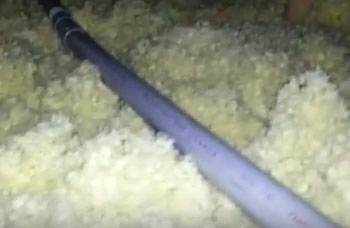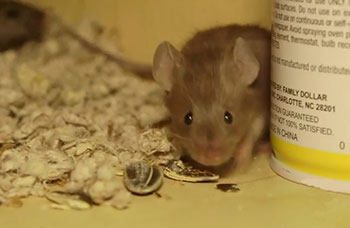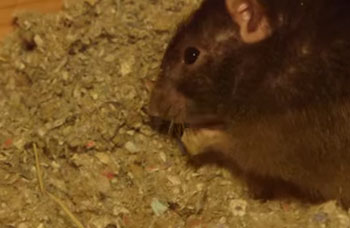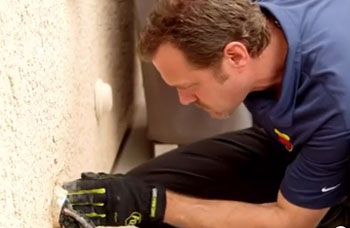Pest Identifier
Mouse Facts
- Usually 3-4 inches in length from the tip of their nose to the end of their tail.
- Range in color from light grey to brown.
- Mice can carry and transmit diseases.
Mouse
Although there are many species of mice, the best known are called house mice. Although many people choose to keep mice for pets, wild mice can become a problem when they invade homes in order to seek out food and shelter. Mice are usually 3-4 inches long from the tip of their nose to the end of their tail and range in color from light grey to brown depending on species.
What Are Mice?
Mice are common household pets, but in the wild they can become very bothersome household pests. Mice can sneak into homes through a hole about the size of a dime in order to find food or shelter from their natural outdoor habitats. Once inside mice make their homes in quite spaces out of spare materials, such as string and insulation. Once inside a home their diet consists of any spare food, but in nature they typically east grains, seeds and sweets. Mice do not need to regular drink water because they obtain it from the moisture in their food.
Mice are usually brown or light grey in color but different species can be lighter or darker. They have pointed noses, small round ears, and long hairless tails. Most mice range from 3-4 inches in length, but some can grow to be bigger depending on the species.
Mouse Infestation
Although the natural habitat for a mouse is outdoors, when they come indoor mice prefer quite places such as attics, garages, basements, crawlspaces or behind walls. There are several signs of a mouse infestation. Small holes in bags or boxes of food, droppings the size of small rice or loose nests of paper, cloth and other material can all be signs of an infestation. It is also wise to look for an infestation if you see a mouse in or around your home.
How to Get Rid of Mice
In order to avoid an infestation, make sure that all possible entryways are blocked off and sealed. Because a mouse can enter a home through a dime sized hole, ensuring that every possible entry point is properly sealed can be difficult. Additionally, make sure that all food sources are put away. If you locate a mouse infestation, the best course of action is to call your local pest control expert.
Mouse Bites & Treatment
A mouse infestation must be taken seriously because mice can carry a number of diseases. Diseases such as Hantavirus, Salmonellosis, and Lyme are a few of the common diseases that mice can carry and transmit. Some diseases, like Hantavirus, can be transmitted by simply touching an infected mouse or by breathing in fumes that are released in mouse urine. Mice can bite if they feel threatened so it is wise to avoid trying to pick them up. If a bite does occur, wash the area with soap and seek immediate medical attention if you believe the bite to be serious.



